My offer does not have to be accessible
According to Art. 8 of the Federal Constitution, no one in Switzerland may be discriminated. In other countries, too, there are laws and conventions that ensure equality for people with disabilities.
In the USA, for example, there is the anti-discrimination law ADA (The Americans with Disabilities Act). ADA applies to both public authorities and private companies. In addition to the UN Convention on the Rights of Persons with Disabilities, other laws are in force in numerous countries in Europe: The Equality Act of 2010 in Great Britain. Reférentiel Général d’Accessibilité pour les Administrations RGAA in France. Barrierefreie-Informationstechnik-Verordnung BITV 2 in Germany.
The list is not complete but shows that in many countries people with disabilities have the right by law to equal access to information and communication.
So it should be clear: Yes, even your offer must be accessible. Unlike in the USA, it is rather rare in Switzerland for people with disabilities to claim their rights via legal action. Instead, they simply look around for another provider. This means that even if you don’t necessarily risk a lawsuit, you risk losing potential customers.
Accessibility only serves a minority
“Yeah, but what’s a few blind people shopping somewhere else?” you might think. Wrong thought. Web Accessibility is not just for a minority.
Many more people depend on accessible websites than you think. Because it is not only about the needs of blind and visually impaired people; people with very different disabilities repeatedly encounter barriers on the web. Not to forget, however, is the growing group of older users. Our senior citizens may have a visual impairment or tremor due to their age, so they are dependent on a simple operation that works with the keyboard.
Accessibility, therefore, serves not only a minority but all, whether with or without a visible disability.


Accessibility is a fashion phenomenon
Computers, the Internet and smartphones have changed our lives in all areas. A life without these technologies is no longer imaginable in our communication and information society.
The demand for accessible web offers, information and applications is therefore not only a short-term phenomenon but something that will accompany us all for a long time to come. Because in the future digitalization will become even more important. Invest now in an inclusive future, in which all humans have the same chances.
It is sufficient if we test for accessibility at the end
If you want to test your website or have it tested shortly before it goes live, you should leave it at that. Because then it is usually too late to remedy accessibility deficiencies with justifiable effort. And believe me, there will be some of them.
If you want to successfully create an accessible website, you should consider the requirements right from the start. Here it is important to check the accessibility again and again in an agile process.


Accessibility is complicated and expensive
For those who first test at the end and then want to remedy the deficiencies, it will be necessary to determine: Yes, accessibility can actually be expensive. But that doesn’t have to be the case.
Accessibility should be a natural part of a website project and not an extra cost. Here it is worthwhile to bring in partners specialized in web accessibility or to have the testing carried out by external specialists.
Our website is certified and accessible
But beware: Even if your website is certified and accessible according to WCAG 2.1, it does not mean that it will stay that way. Numerous accessibility problems occur later due to editorial errors or further development of a website.
Once certified, this does not mean that you can sit back and no longer have to worry about accessible content.


Accessible websites are ugly
Taste can be argued about – and even many non-accessible websites are ugly and user-unfriendly. I have accompanied and tested numerous web projects.
Yes, with accessible web design you have to consider some rules and criteria. Sometimes that also means that you have to restrict yourself. My absolute favourite colour is turquoise. But I could only use it as an accent color on my website and not to convey information.
On the other hand, I don’t want to be the only one who likes my website. I want to reach as many people as possible – and I can do that with a accessible website whose content can be read, seen and used equally by everyone.
Accessible, user-friendly, functional and beautiful – an experienced designer should be able to do that, shouldn’t he?
No more Excuses for non-accessible Websites
As you can see, there is no excuse for why your website cannot be accessible. On the contrary, there are so many good reasons why your website and everything you offer should be accessible to everyone.
Would you like to know more about how you can make your site and content more accessible and reach more people?

